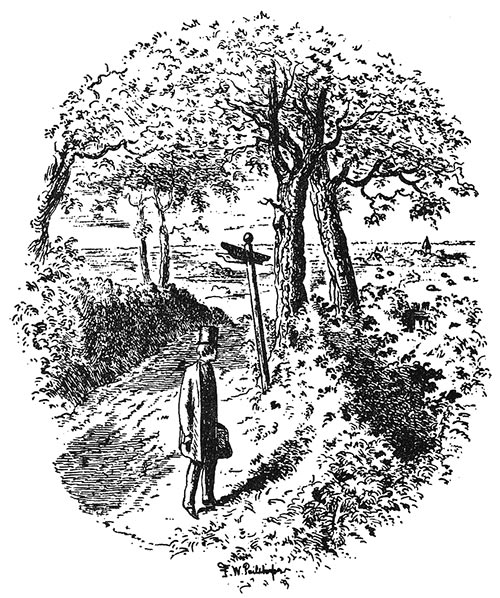Serialization, the printing format by which a larger narrative story is broken up and published in miniature installments, was the dominant publishing format of the Victorian age. These installments were typically published weekly or monthly in magazines or newspapers, or in short booklets called “shilling numbers.” Shilling numbers differed from other serials in that they were short, stand-alone booklets that, appropriately, cost one shilling. Serial fiction existed as early as the 17th century, seeing the publication of works such as L’Astree by Honore d’Urfe, but it was not until the 1800s that the format truly took off. The serial was popularized by Charles Dickens’ first novel The Posthumous Papers of the Pickwick Club in 1836. This kind of format was new to many readers, and it gave others the ability to read books they otherwise wouldn’t have been able to afford, as the publications were much cheaper than single editions. Each serial writer was different; some would write the entire story and then split it up into the installments. Others, like Wilkie Collins, wrote the installments week to week, or month to month. The latter allowed authors to respond to events in his or her life, whether those events be personal or societal. In Great Expectations, for example, the first few chapters take place around Christmastime. This reflected the time of year they were published: the story was printed as a weekly serial starting in December and running through August. This made it more relevant to the readers, and likely aided the story’s reception. Along with the novel itself, serials were published with illustrations; plates and vignettes at the beginning and end of each one. These stories were typically written to entertain a family audience, and the illustrations surely helped.
While Dickens is well known as a writer of serial fiction, many other popular novels were originally published in the serial format. In fact, as the dominant form of fiction printing, a large portion of Victorian fiction was serialized. Treasure Island by Robert Louis Stevenson, the Sherlock Holmes stories of Sir Arthur Conan Doyle, and Uncle Tom’s Cabin by Harriet Beacher Stowe are just some of the novels made famous by this format, although there are countless other easily recognizable titles in the category. Knowing about the serial novel can help to shape the way we read and think about Victorian literature. The stories were not necessarily intended to be read in their entirety over a short period. As such, pacing and action was written in response to the form it had to fit. Reading these stories, now novelized into single editions, it serves to consider the format they were originally published in.


